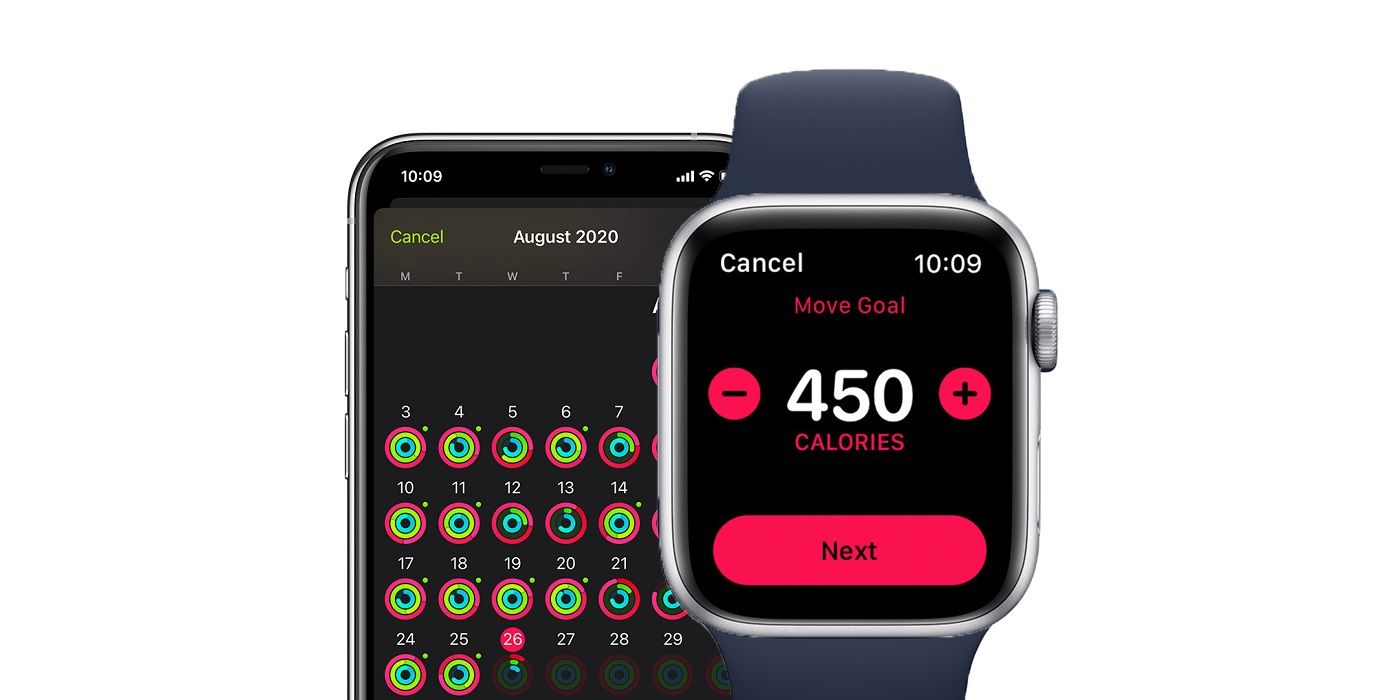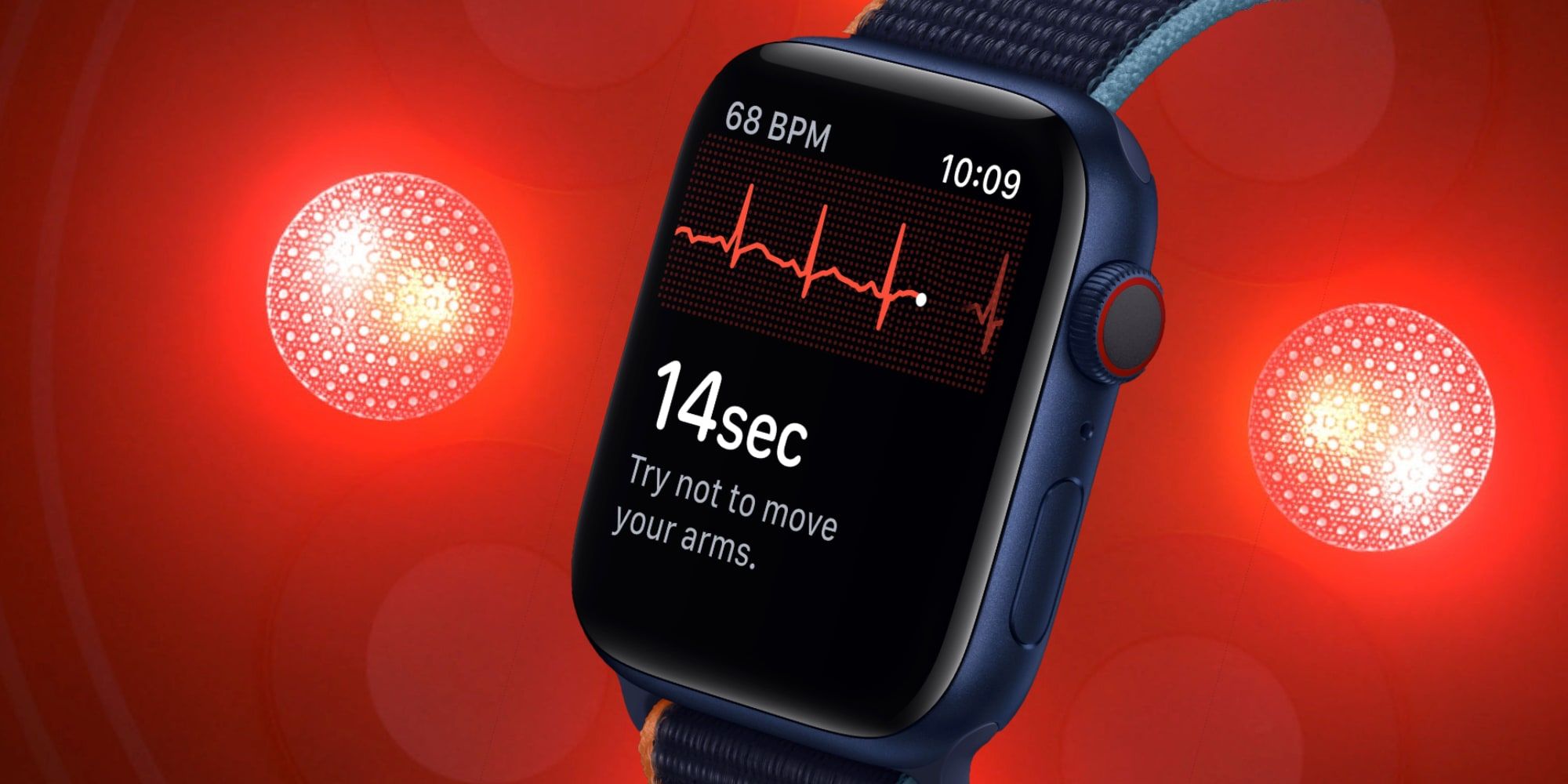
The Apple Watch Series 6 is one of the best wearables on the market for active people. Using the built-in fitness apps, owners can easily set goals, track workouts, and monitor their progress over time. Both the flagship Apple Watch 6 and the more affordable Watch SE offer these features, allowing users to take ownership of their health without being locked into a top-of-the-line purchase.
Health tracking has long been one of the key benefits of an Apple Watch. Using an array of sensors that track movement, heart rate, and even blood oxygen levels on the latest model, these wearables are able to provide an accurate picture of a user's activity. When worn as a daily accessory, an Apple Watch can offer a unique insight into their current health status and encourage regular workout routines with long-term health benefits.
Apple makes it easy for users to keep track of different aspects of their activity. The built-in Activity app conveniently breaks down activity types into three colored rings for Move, Exercise, and Stand categories. The Move ring represents how many calories have been burned that day, while the Exercise and Stand rings each track how many minutes users have spent exercising or standing for more than one minute. Throughout the day, these rings fill up as users make progress toward their daily goals. At the end of each day, the progress is added to a monthly tracker that can be referred back to assess progress for that month.

To make the most out of the Apple Watch’s fitness tracking abilities, users can set their own fitness goals. To do so, open the Activity app, swipe up, and select “Change Goals.” Then, tap the plus or minus button to raise or lower the number of calories targeted by the Move app. After the Move goal has been set, tapping next will progress to the Exercise goal and allow the number of minutes to be customized. Clicking next again will progress to the Stand goal, where the process can be repeated to set the desired number of minutes standing for the day. Once these goals have all been set, the rate each ring fills will adjust to match.
Since Apple fans will be approaching their health goals from different points of fitness, setting appropriate goals is an important feature. Another key step is to create a health profile using the Apple Watch app on an iPhone. This profile gathers basic information, like height, weight, and age to set preliminary goals. Since much of the movement tracking is calculated through arm movements, ensuring a proper fit is also paramount. Once these early steps have been done, the Workout app can track specific types of exercise and send reminders for when it’s time to begin and end an activity.
Experts have long agreed that regular exercise is one of the best ways to live a long, healthy life, and the Apple Watch can become a powerful ally on that journey. By spending a small amount of time creating a health profile and personalized fitness goals, it can offer customized tracking and a window into activity levels and progress toward personal goals. These Apple Watch features can provide insight that might otherwise be lost and make the difference between a sedentary lifestyle and an active one.
Source: Apple
from ScreenRant - Feed https://ift.tt/3sr2icY


0 Comments